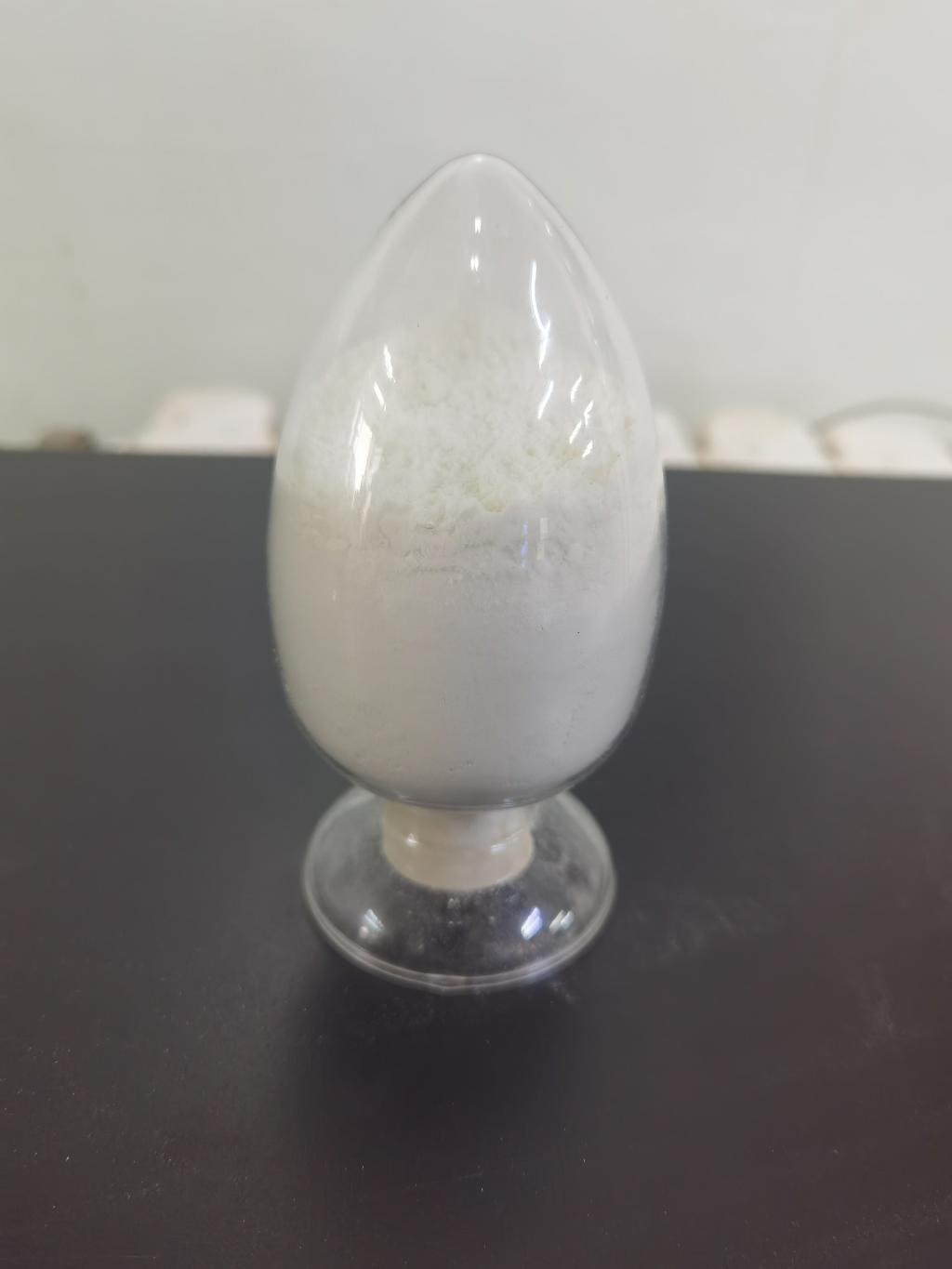Tel:+8618231198596

News
 CONTACT
CONTACT
 CONTACT
CONTACT
- Linkman:Linda Yao
- Tel: +8618231198596
- Email:linda.yao@dcpharma.cn
- Linkman:CHARLES.WANG
- Department:Overseas
- Tel: 0086 0311-85537378 0086 0311-85539701
News
Current Position:
Home >
News
>ε-Polylysine hydrochloride's potential in controlling biofilm formation.
ε-Polylysine hydrochloride's potential in controlling biofilm formation.
TIME:2024-05-13
1. Antimicrobial Properties of ε-Polylysine Hydrochloride:
ε-PL-HCl is a cationic polypeptide composed of multiple lysine residues linked by peptide bonds. It exhibits potent antimicrobial activity against a wide range of microorganisms, including bacteria, fungi, and yeasts. ε-PL-HCl's mechanism of action involves disrupting microbial cell membranes, leading to leakage of intracellular contents and ultimately cell death. This mode of action makes ε-PL-HCl effective against planktonic cells as well as cells embedded within biofilms, making it a promising candidate for controlling biofilm formation in food processing equipment.
2. Mechanisms of Action Against Biofilms:
Biofilm formation is a complex process involving multiple stages, including initial attachment, microcolony formation, extracellular matrix production, and maturation. ε-PL-HCl exerts its antimicrobial effects at various stages of biofilm formation by disrupting microbial cell membranes, inhibiting cell adhesion, and destabilizing the extracellular matrix. Additionally, ε-PL-HCl's cationic nature enables it to interact with negatively charged surfaces, preventing microbial attachment and biofilm formation on food processing equipment.
3. Practical Applications in Food Processing:
ε-PL-HCl can be incorporated into cleaning and sanitation protocols for food processing equipment to inhibit biofilm formation and reduce microbial contamination. It can be applied as a surface treatment or included in cleaning solutions to effectively remove existing biofilms and prevent their reformation. Additionally, ε-PL-HCl can be used in conjunction with other antimicrobial agents or cleaning agents to enhance overall efficacy and achieve synergistic effects in controlling biofilm formation.
4. Considerations for Implementation:
Implementing ε-PL-HCl for controlling biofilm formation in food processing equipment requires careful consideration of factors such as concentration, contact time, and compatibility with cleaning materials and equipment surfaces. Food manufacturers should conduct thorough evaluations to determine the optimal conditions for ε-PL-HCl application, ensuring effective biofilm control while minimizing potential adverse effects on equipment performance and product quality. Furthermore, regulatory compliance and safety considerations should be addressed to ensure ε-PL-HCl's suitability for use in food processing environments.
5. Future Directions and Research Opportunities:
Future research efforts should focus on elucidating ε-PL-HCl's mechanisms of action against biofilms, optimizing formulation strategies for enhanced efficacy and stability, and evaluating its long-term effects on equipment surfaces and microbial populations. Additionally, studies investigating the feasibility of integrating ε-PL-HCl into existing sanitation protocols and its impact on overall food safety and quality are needed. Furthermore, advancements in nanotechnology and surface modification techniques may offer opportunities for developing novel ε-PL-HCl-based coatings or materials with enhanced antimicrobial properties for food processing equipment.
Conclusion:
ε-Polylysine hydrochloride (ε-PL-HCl) holds promise for controlling biofilm formation in food processing equipment, offering a natural and effective solution for inhibiting microbial contamination and improving food safety. By disrupting microbial cell membranes and inhibiting biofilm formation, ε-PL-HCl can help prevent persistent microbial contamination and reduce the risk of foodborne illness in the food industry. However, further research and development are needed to optimize ε-PL-HCl's efficacy, safety, and practical applications for controlling biofilm formation in food processing environments.
- Tel:+8618231198596
- Whatsapp:18231198596
- Chat With Skype







